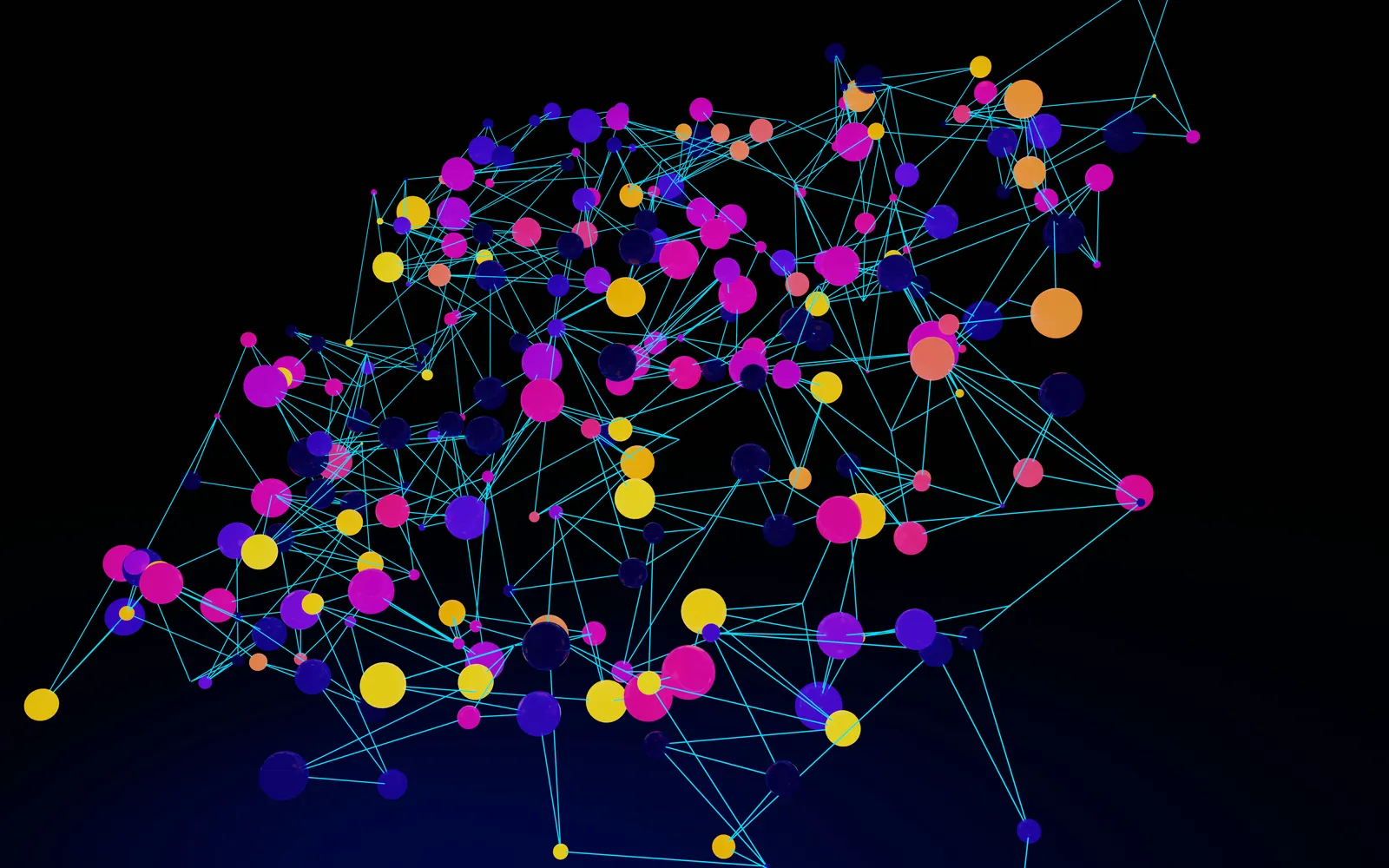neural Networks or Rule-Based Systems: Choosing the Right AI Approach

Understanding the Basics: neural Networks vs. Rule-Based Systems
Artificial intelligence (AI) is a transformative field that offers diverse solutions for various challenges. Among these, two prominent approaches are neural networks and rule-based systems. While both have their place in AI development, each is suited to different types of tasks, offering unique strengths and limitations.

Defining Rule-Based Systems
Rule-based systems operate on the principle of if-then rules, making them highly deterministic. These systems excel in environments where the rules are well-understood and consistently applicable. For example, in an automated tax filing system, rules can be explicitly defined to calculate taxes based on income brackets and deductions.
The architecture of rule-based systems is typically straightforward: they consist of a knowledge base, which contains the rules, and an inference engine that applies these rules to input data. This simplicity allows for clear auditing and verification, crucial in sectors like healthcare or finance where compliance and traceability are essential.
Unpacking neural Networks
In contrast, neural networks are designed to mimic the human brain's functioning, making them ideal for complex pattern recognition and learning from unstructured data. They consist of layers of interconnected nodes (or neurons) that process inputs through weighted connections, enabling them to 'learn' by adjusting these weights based on feedback.
A classic example of neural network application is image recognition. For instance, in a facial recognition system, a neural network can learn to identify faces from vast datasets of labeled images by recognizing patterns such as edges, shapes, and textures.
Strengths and Weaknesses: When to Choose Each Approach
Advantages of Rule-Based Systems
- Transparency: Rule-based systems offer high transparency since each decision can be traced back to specific rules. This makes them suitable for applications requiring clear accountability.
- Consistency: These systems perform consistently in scenarios where rules don't change frequently, ensuring reliable outputs.
- Simplicity: With minimal computational requirements, they are often faster and require less processing power than complex neural networks.
Limitations of Rule-Based Systems
- Lack of Flexibility: Rule-based systems struggle with dynamic environments or tasks that require adaptation and learning from new data.
- Maintenance Challenges: As the number of rules increases, maintaining and updating the system becomes cumbersome.
Strengths of neural Networks
- Adaptability: neural networks can learn from data, allowing them to adapt to new scenarios without explicit reprogramming.
- Handling Complexity: They excel at processing large volumes of unstructured data, making them indispensable for tasks like natural language processing and image recognition.
Challenges with neural Networks
- Lack of Transparency: The 'black box' nature of neural networks makes it difficult to trace how decisions are made, posing challenges in sectors requiring auditability.
- Resource Intensive: Training neural networks demands significant computational resources and time.
Practical Use Cases: Matching Problems with Solutions
When to Opt for Rule-Based Systems
A practical scenario where rule-based systems shine is regulatory compliance in banking. Banks often implement rule-based systems to monitor transactions for compliance with legal frameworks. Rules can be predefined to flag transactions that exceed certain thresholds or involve high-risk countries, enabling prompt regulatory reporting.
neural Networks in Action
Consider the domain of autonomous vehicles, where neural networks play a critical role. These vehicles rely on deep learning models to interpret traffic signs, detect pedestrians, and make driving decisions. The ability to learn from thousands of scenarios equips them with the necessary skills to handle real-world variability effectively.
Integrating Approaches: Hybrid Solutions
In some cases, combining rule-based systems with neural networks yields the best results. An example is fraud detection in financial services. A hybrid system might use rule-based logic to flag anomalies based on known fraud patterns while employing neural networks to identify novel fraudulent activities through behavioral analysis.
This integration maximizes the benefits of both approaches: the reliability and clarity of rules with the adaptability and insight of neural networks.
Conclusion: Making Informed Choices in AI Development
Choosing between neural networks and rule-based systems hinges on understanding the specific requirements of your application. Rule-based systems offer reliability and transparency in stable environments with clear rules, whereas neural networks provide flexibility and power in learning-driven tasks. By carefully evaluating the nature of the problem, available data, and required outcomes, developers can harness the full potential of AI technologies.
 Modern Knowledge House
Modern Knowledge House